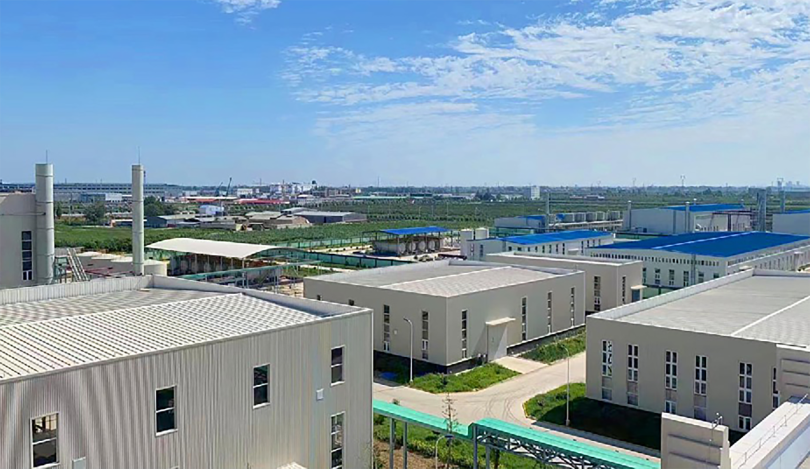
ഡിസം . 10, 2024 05:13 Back to list
cement adhesive additive
The Role of Cement Adhesive Additives in Modern Construction
Cement, a fundamental component of modern construction, serves as the binding agent in various applications, ranging from buildings to bridges. However, the performance of cement alone may not meet the stringent demands of today’s construction projects. This is where cement adhesive additives come into play. These specialized compounds enhance the properties of cement, ensuring better adhesion, flexibility, durability, and overall performance of concrete mixtures.
Understanding Cement Adhesive Additives
Cement adhesive additives are substances that are mixed with cement to improve its bonding capabilities and enhance the properties of the resultant concrete. These additives can range from organic compounds to polymer emulsions, each contributing unique characteristics to the final product. Commonly used additives include polyvinyl acetate (PVA), styrene-butadiene rubber (SBR), and various types of silica fume.
Enhancing Adhesion
One of the primary roles of cement adhesive additives is to improve the adhesion of the cement to various substrates. Traditional cement mixtures can sometimes struggle to bond effectively with different surfaces, especially those that are non-porous. The incorporation of adhesive additives allows for better interfacial bonding, which is crucial for applications like tile-setting, where the adhesive strength must withstand dynamic loads and environmental changes.
Increasing Flexibility and Durability
In construction, flexibility and durability are vital to ensure longevity, particularly in areas exposed to environmental stressors such as moisture, temperature fluctuations, and mechanical loads. Cement adhesive additives impart these desired properties, allowing structures to better absorb stress and adapt to changes. For instance, cement modified with SBR latex exhibits enhanced flexibility, reducing the risk of cracking and extending the lifespan of concrete structures.
cement adhesive additive

Furthermore, the inclusion of additives, such as silica fume, significantly improves durability. Silica fume not only fills tiny voids in the cement matrix but also reacts chemically with calcium hydroxide, forming additional calcium silicate hydrate (C-S-H), which is the primary strength-giving compound in cement. This process enhances the overall density of concrete, making it more resistant to water penetration, chemical attacks, and other forms of environmental degradation.
Improving Workability
Another advantage of cement adhesive additives is their ability to improve the workability of cement mixtures. In construction, the ease of mixing, transporting, and placing cement is crucial to ensure efficient workflow and high-quality outcomes. Additives can enhance the fluidity of the mixture, enabling it to be spread more easily over surfaces and fill complex forms or shapes without compromising the final strength and adhesion.
Environmental Considerations
With the construction industry increasingly focused on sustainability, many cement adhesive additives are designed with environmental impact in mind. For instance, some additives are derived from natural sources or incorporate recycled materials, thus reducing waste and the overall carbon footprint of construction projects. Moreover, the use of such eco-friendly additives can contribute to the certification of buildings under green building standards.
Conclusion
In summary, cement adhesive additives are indispensable in modern construction, providing numerous benefits that enhance the performance of cement-based applications. By improving adhesion, increasing flexibility and durability, and enhancing workability, these additives ensure that structures can withstand the rigors of their environments while maintaining their aesthetic appeal. As the industry continues to evolve, the development of innovative additives will play a crucial role in meeting the challenges of sustainability and performance, making them an essential component in the future of construction. As engineers and architects increasingly incorporate these materials into their designs, the possibilities for creating resilient, efficient, and environmentally friendly structures will continue to expand.
-
Versatile Hpmc Uses in Different Industries
NewsJun.19,2025
-
Redispersible Powder's Role in Enhancing Durability of Construction Products
NewsJun.19,2025
-
Hydroxyethyl Cellulose Applications Driving Green Industrial Processes
NewsJun.19,2025
-
Exploring Different Redispersible Polymer Powder
NewsJun.19,2025
-
Choosing the Right Mortar Bonding Agent
NewsJun.19,2025
-
Applications and Significance of China Hpmc in Modern Industries
NewsJun.19,2025







